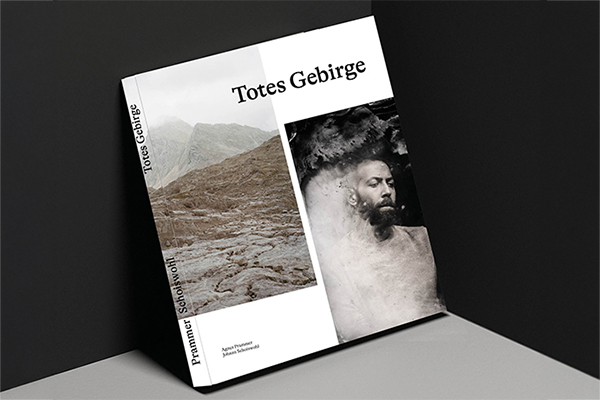Sometimes during the course of an average day, in between coffee runs, answering emails or other mundane tasks, you touch on something which makes you pause. Think. And most importantly, feel. Totes Gebirge is such a work of art, which deals with dying and mourning by bringing together two independent photographic modes. In their conception of landscape and portrait, both are united by the insistence on deliberately slowing down the photographic depiction process as an artistic credo.
“These photographs demand time, they need to soak into our eyes, minds and hearts before they can develop a response in us.” Stephen Zepke
In her portrait work, Vienna-based visual artist and media educator Agnes Prammer brings history to life using the collodion wet plate process, a technique that dates back to photography’s earliest days. Each portrait begins with a glass plate, coated with a light-sensitive layer in a mobile darkroom, that must be developed while still damp. This intricate method produces strikingly lifelike yet hauntingly still images, as the long exposure time requires intense focus from the subject. The fragility of the process introduces unexpected elements—scratches, blemishes, and blind spots—that partially veil the faces, giving them a sense of “memento mori” (as described by Susan Sontag) or a feeling of “embalming” (in Roland Barthes’ words).
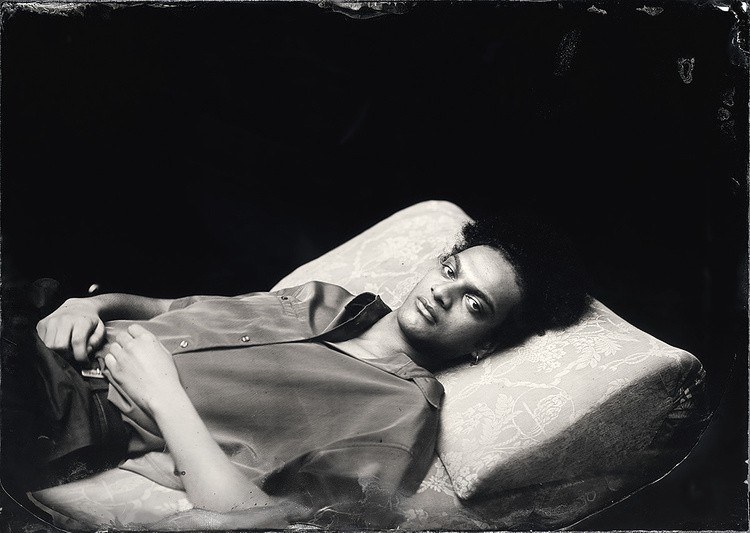
These marks, resembling a patina of age, align perfectly with Prammer’s aesthetic vision: her portraits transcend individuality, transforming each subject into a timeless symbol or a stand-in for humanity as a whole.
The fragility of the process introduces unexpected elements—scratches, blemishes, and blind spots—that partially veil the faces, giving them a sense of “memento mori” (as described by Susan Sontag) or a feeling of “embalming” (in Roland Barthes’ words).
Johann Schoiswohl, a Vienna-based visual artist and owner of a small farm in Upper Austria’s Almtal, draws inspiration for his art from his ancestral home and his explorations of the Totes Gebirge. As he puts it, he is captivated by places that hold memories: “In the photos of familiar places and views, which are also associated with thoughts of death and loss, my image of the Totes Gebirge emerges.” Since 2010, Schoiswohl has been crafting a powerful body of work using analogue medium and large format cameras, capturing images on up to 20x25cm color negative film. His meticulously framed compositions reveal the raw beauty of alpine karst landscapes, highlighting the rugged mountain surfaces alongside ethereal seascapes that change with the light and seasons.
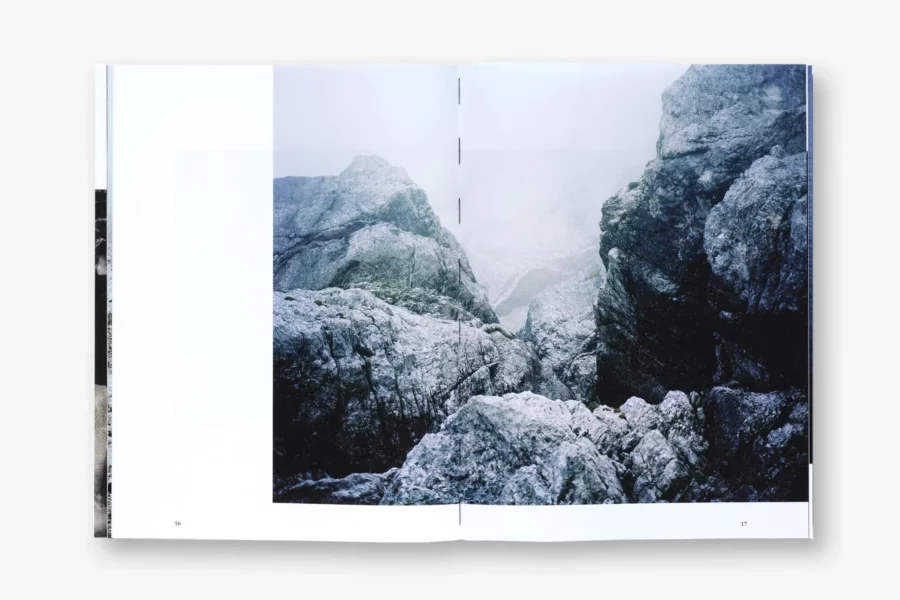 Rather than focusing on the beauty of the alpine scenery, Schoiswohl zooms into the fragmented, weathered textures of these formations which evoke a sense of aging and impermanence, transforming the landscape into a living face etched with the passage of time. Sort of like bone fractures, remaining embedded into the mountainous landscape.
Rather than focusing on the beauty of the alpine scenery, Schoiswohl zooms into the fragmented, weathered textures of these formations which evoke a sense of aging and impermanence, transforming the landscape into a living face etched with the passage of time. Sort of like bone fractures, remaining embedded into the mountainous landscape.
Both styles of photographs lure you in and open up a part of you, which all humanity has in common: loss, grief and sadness. It is no longer your usual day, but you are being transported somewhere else, beyond the surface, somewhere which feels like another plain, where everything slows down.
Rather than focusing on the beauty of the alpine scenery, Schiswohl zooms into the fragmented, weathered textures of these formations which evoke a sense of aging and impermanence, transforming the landscape into a living face etched with the passage of time. Sort of like bone fractures, remaining embedded into the mountainous landscape.
The Design of this hauntingly beautiful artbook was realized by Sensomatic, a graphic design studio from Vienna and a big part of it played the choice of the paper. The special thing is that their design solutions are always content-lead, with an emphasis on typography, mainly for art-based or cultural sector clients. Christine Zmölnig, co-founder of Sensomatic has graciously offered us some insight into the design of the book and the choice of papers.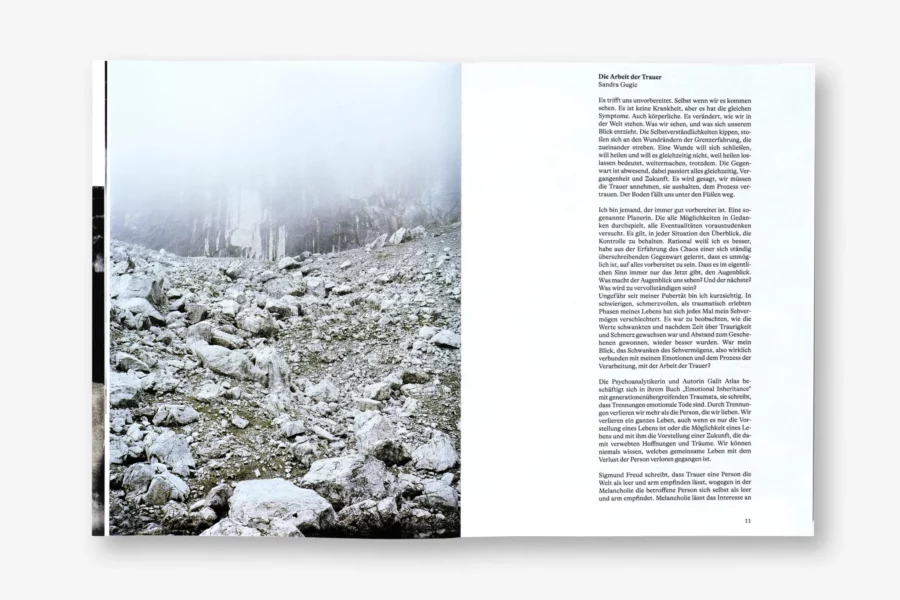
“Due to the theme (mourning, death, the ephemeral, time), we were looking for a transparent paper IBO. We used a paper coated on one side because two very different photographic positions are juxtaposed in the book “Totes Gebirge”. Bindakote White was the right choice after a test print. For the dust jacket, we opted for 70g/m2 Starkraft, which the printer already had experience with.” shares Christine Zmölnig.
IBO, previously here was developed by the world-renowned book designer Irma Boom and has already found its way into already found its way into numerous art books. Ibo impresses with its semi-transparency and its light weight of 60 g/m². With Ibo, messages can be hinted at or presented very clearly – it offers a great deal of creative freedom for messages. Ibo is the creative companion for art books and catalogs.
The typography used in Totes Gebirge, GT Alpina, was set as a calm justification in narrow, continuous columns. Despite the semi-transparency of the paper, the text remains easy to read. Most of the photos are set in a downwards sloping format. The cover consists of several layers on which text fragments and images correspond with each other. With the exception of the title, only one font size is used throughout the book.
The 108 pages, brought together with the use of a softcover with, thread binding, stay with you long after you have put the artbook down. The out-of-this-world effect is further enhanced by the skillfully written texts by Stephen Zepke and Sandra Gugić.
“In youth you count your lovers, in old age your dead, who become more and more every year,” reads the accompanying essay by Sandra Gugic. The compendium revolves around disappearance, slow disappearance, falling into oblivion and also about remaining in memory. About a plane which, even though no longer physically is, it remains within us.
“We are moved by these photographs, by both their dark depths and disturbed surfaces, and by their emotional mysteries. Something seems to reach out to us from these portraits, but as soon as we speculate about what this “something” might be, we are thrown back onto ourselves, into our own secret and unknown desires and motivations” Stephen Zepke
Purchase your own copy of Totes Gebirge here.
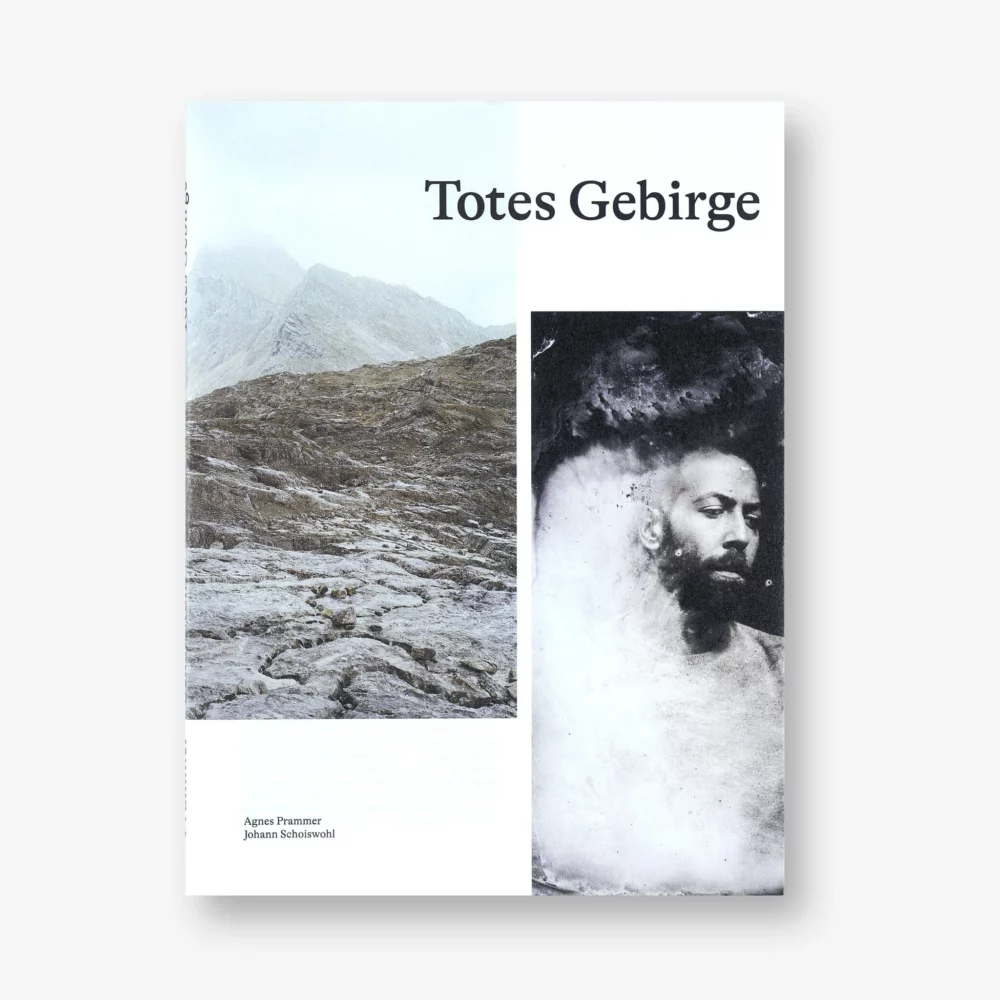
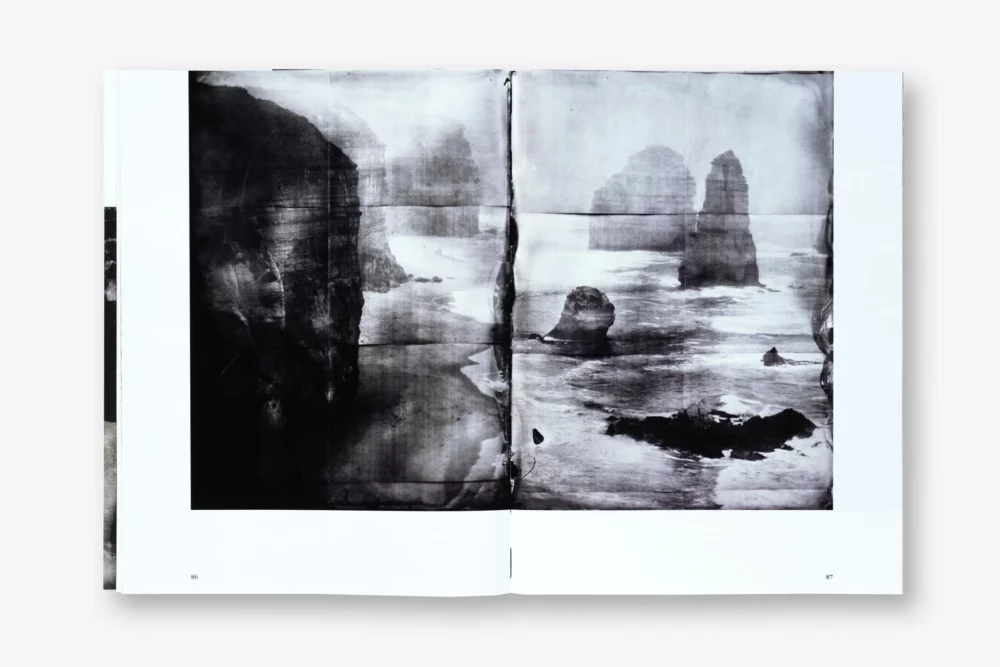
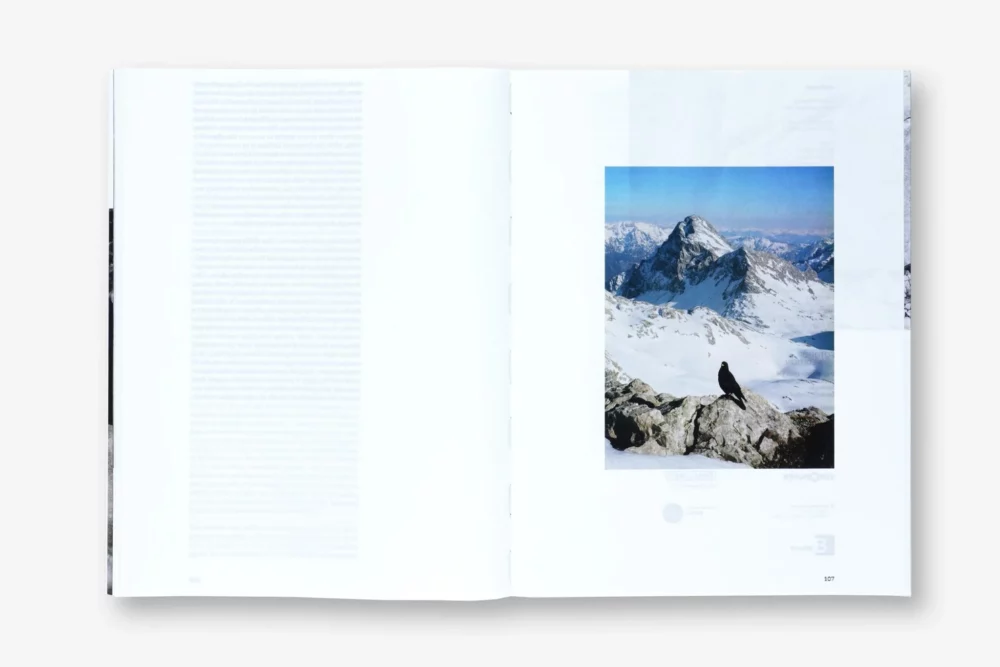
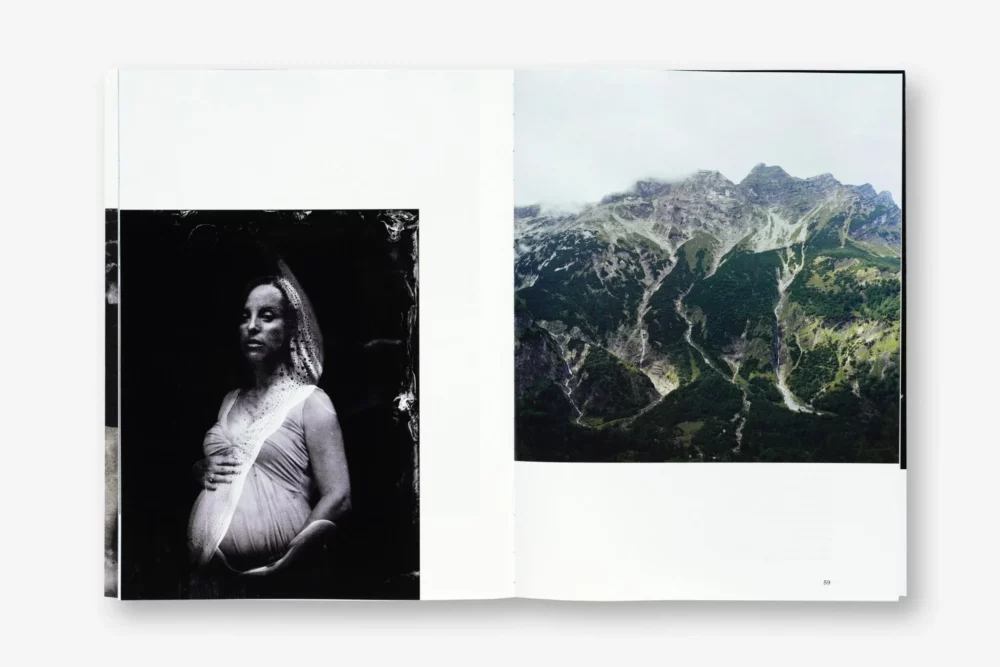
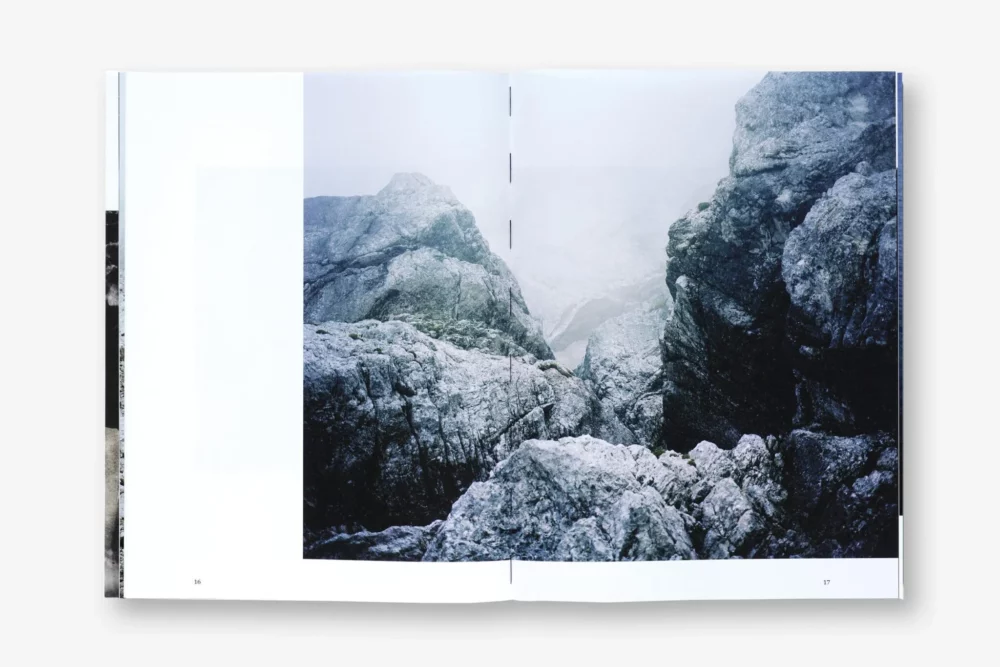
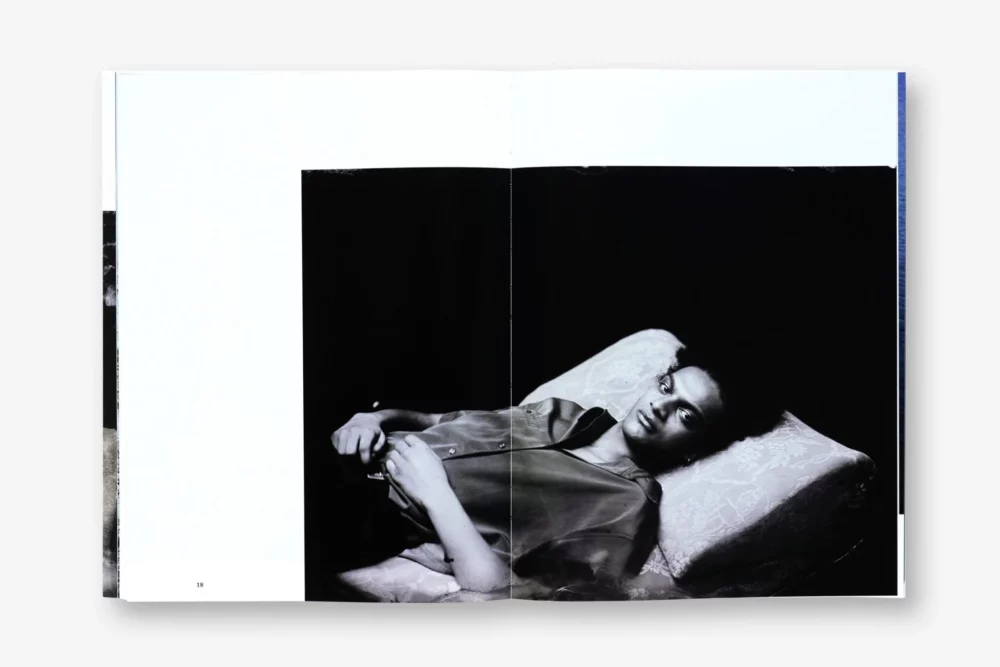
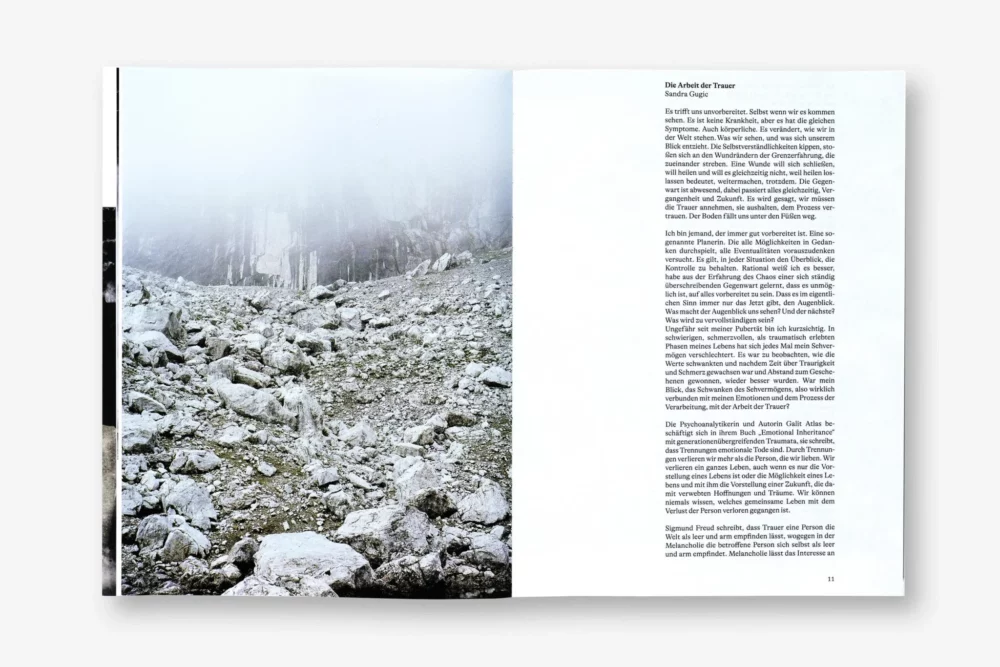
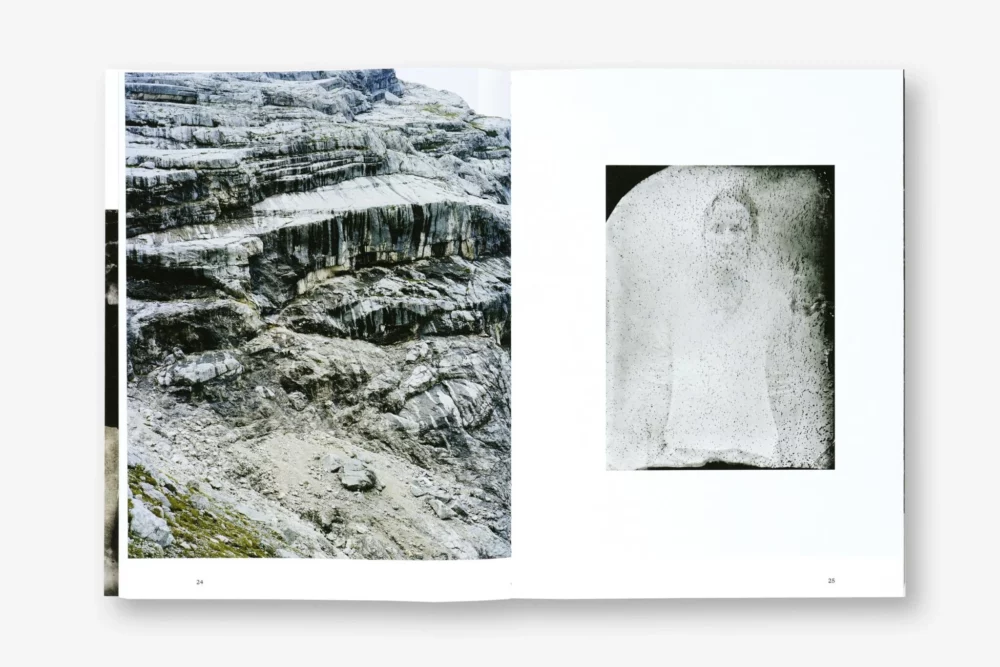

Images © Agnes Prammer & Johann Schoiswohl

